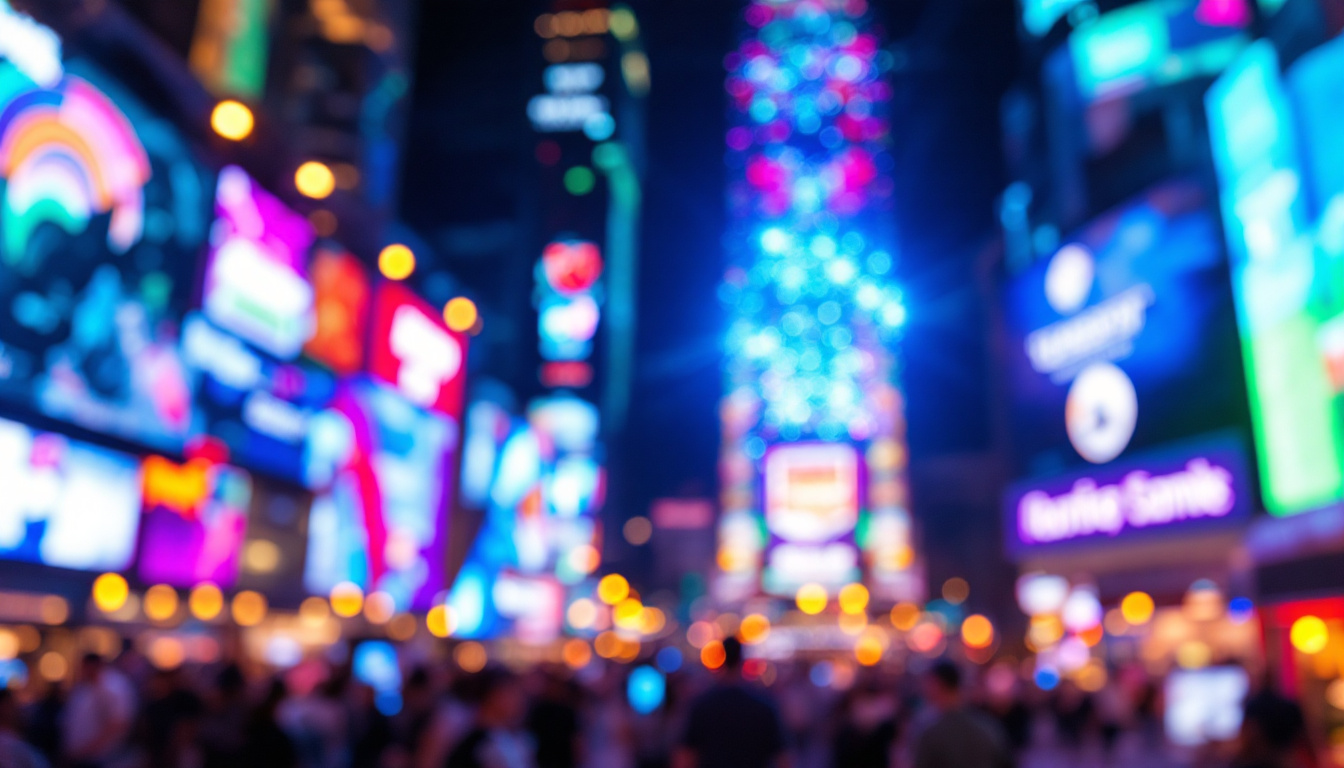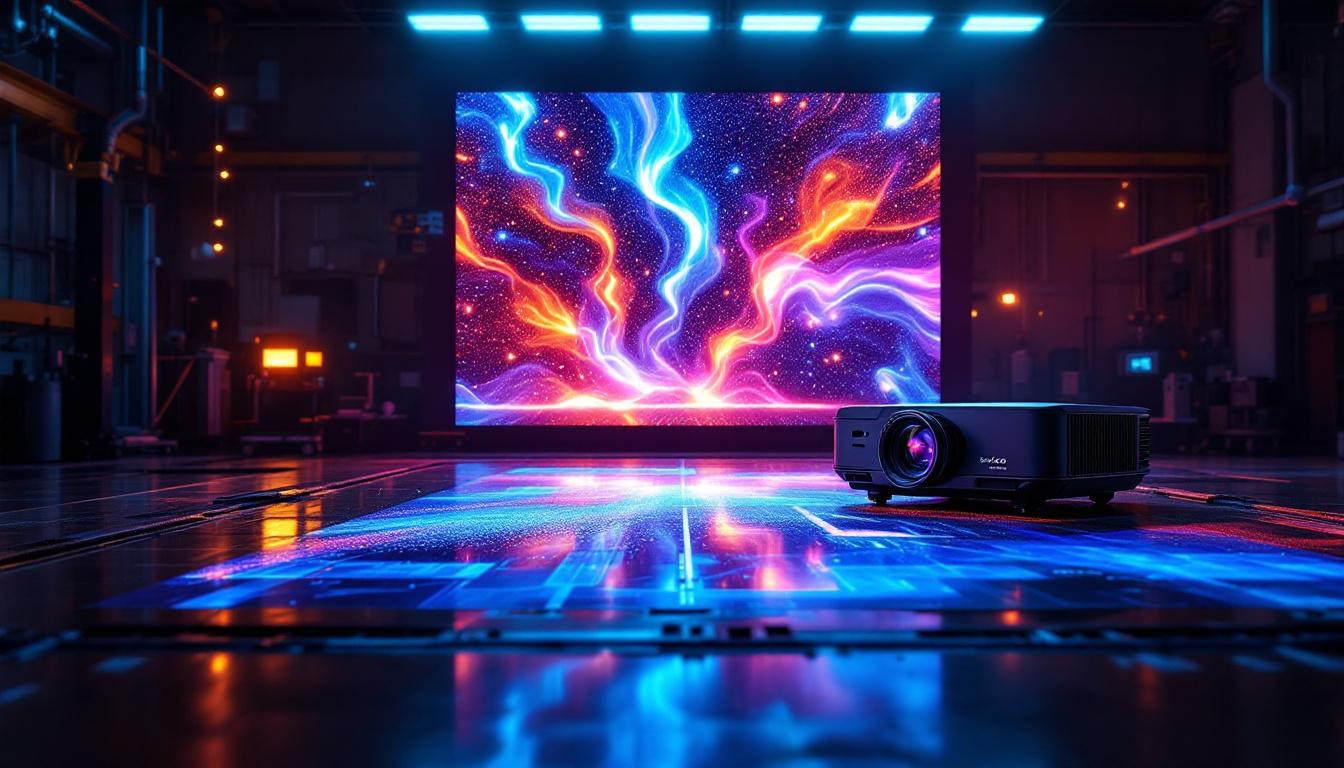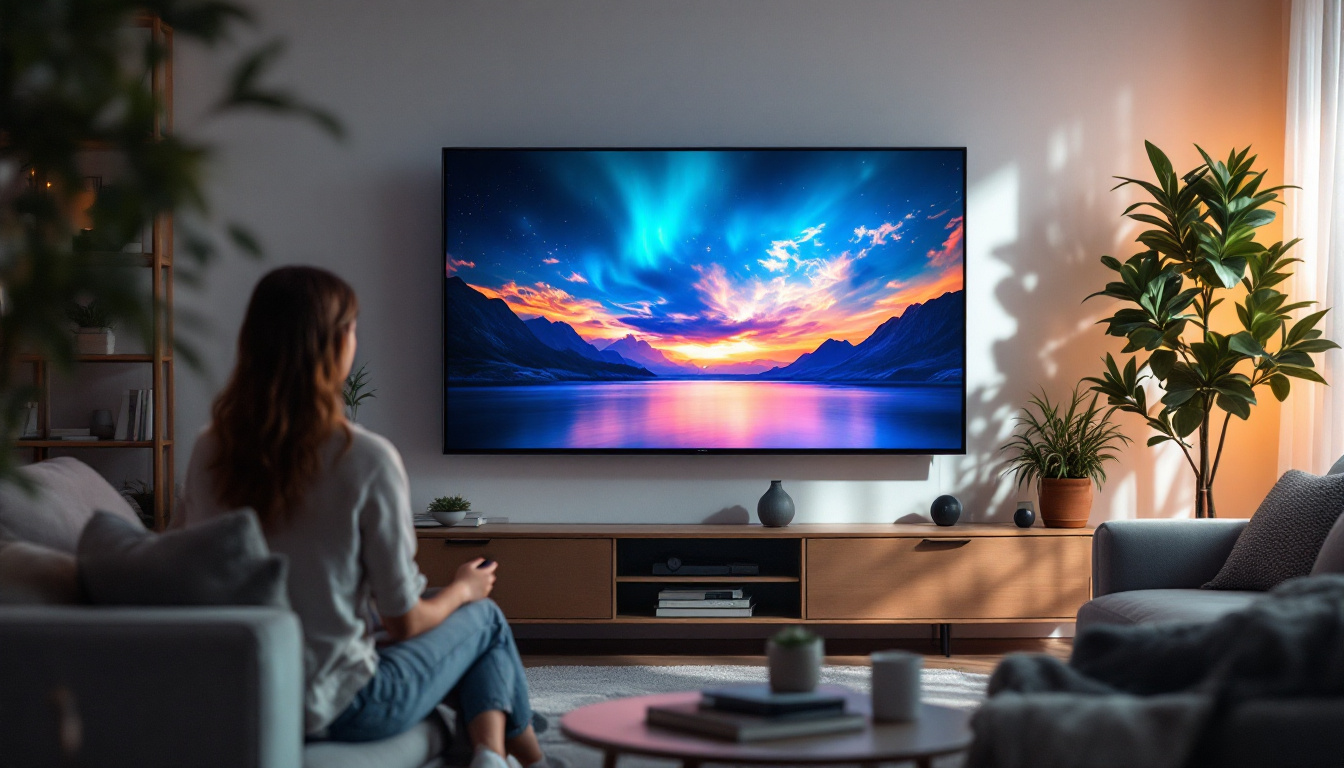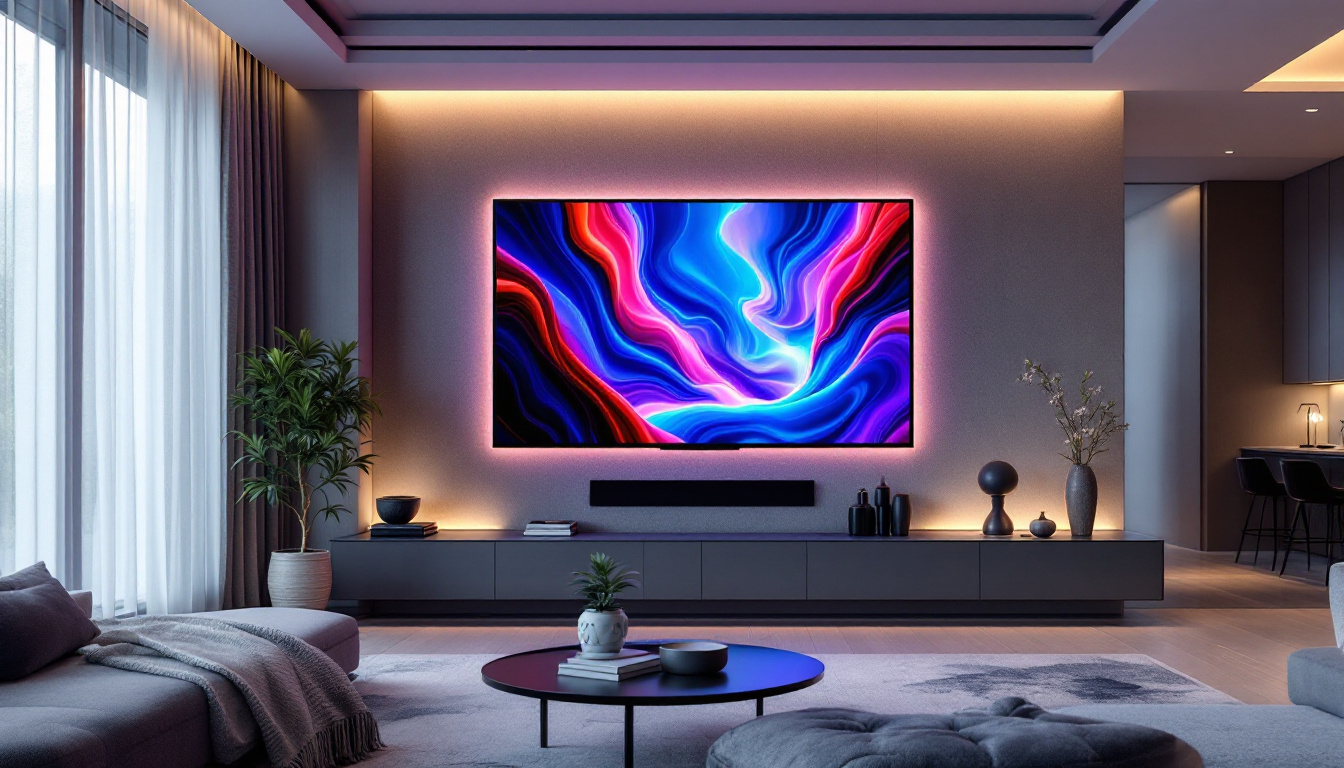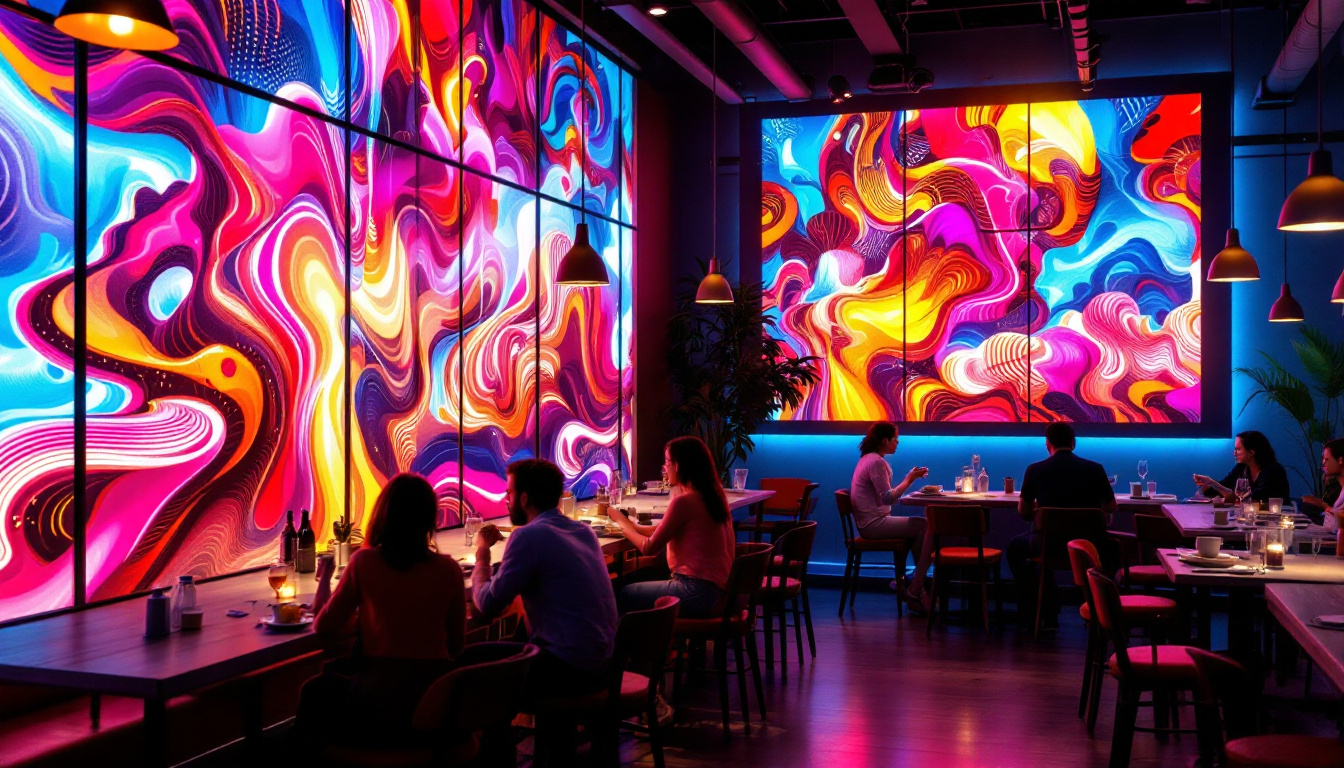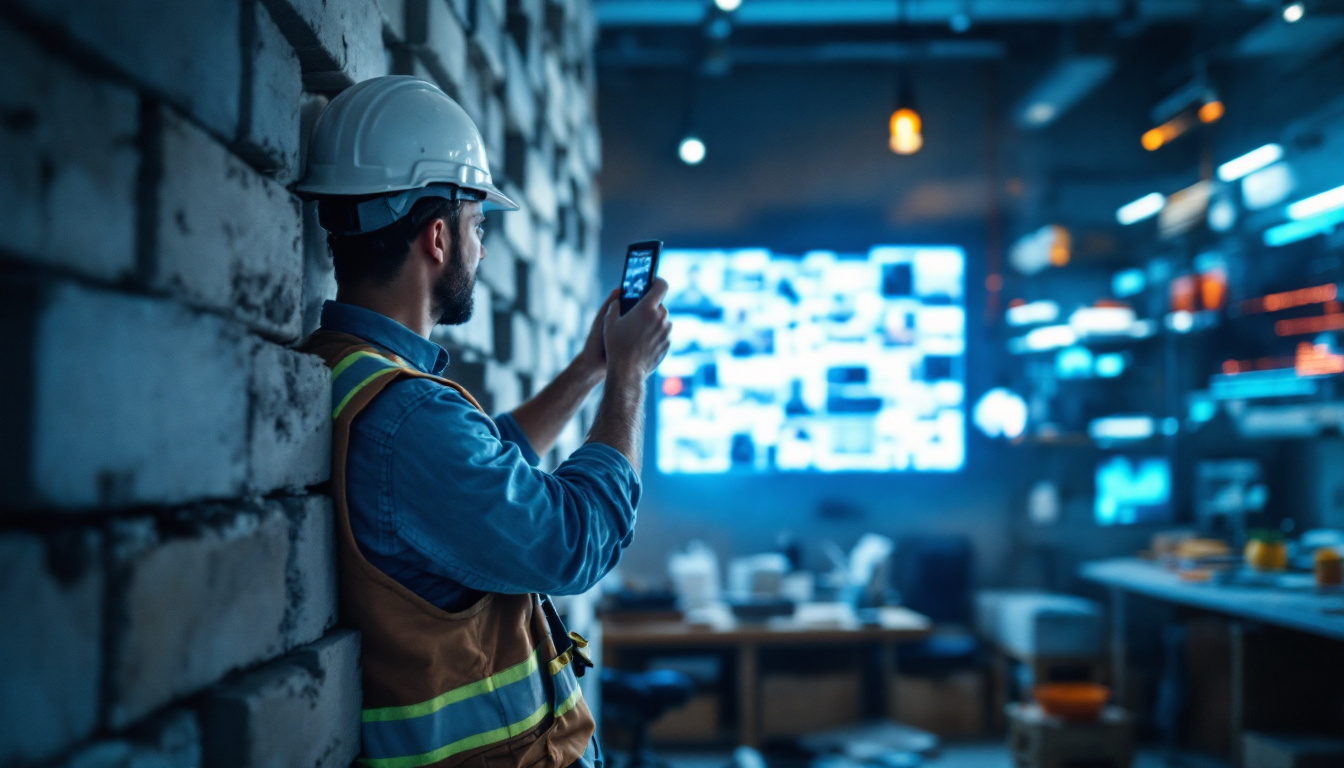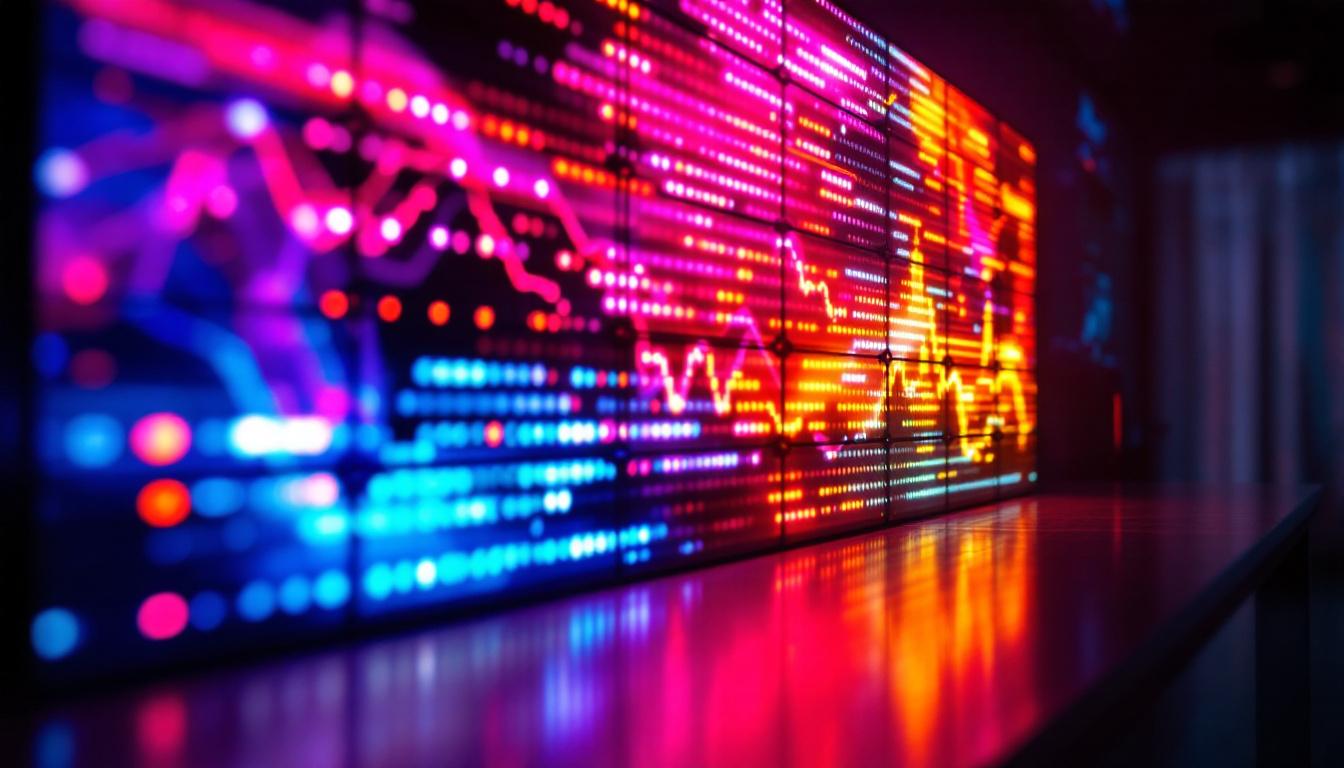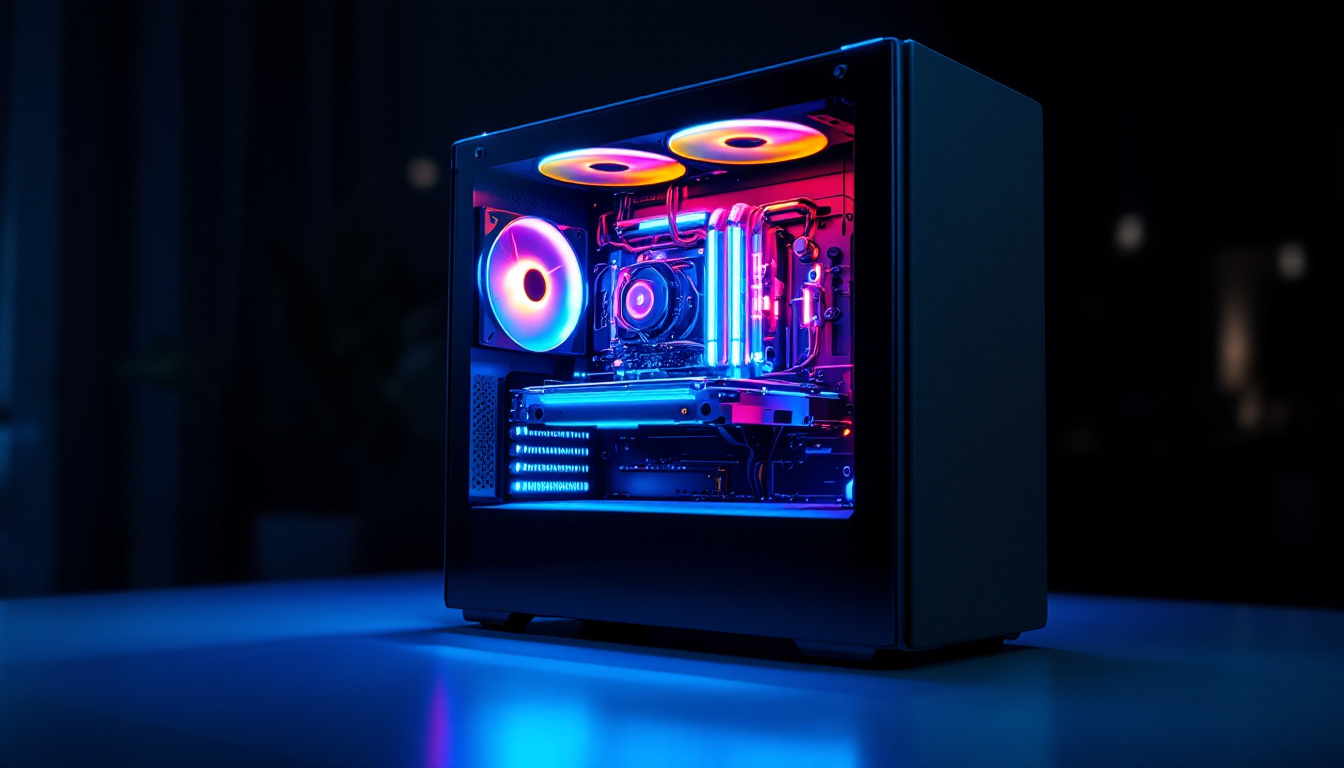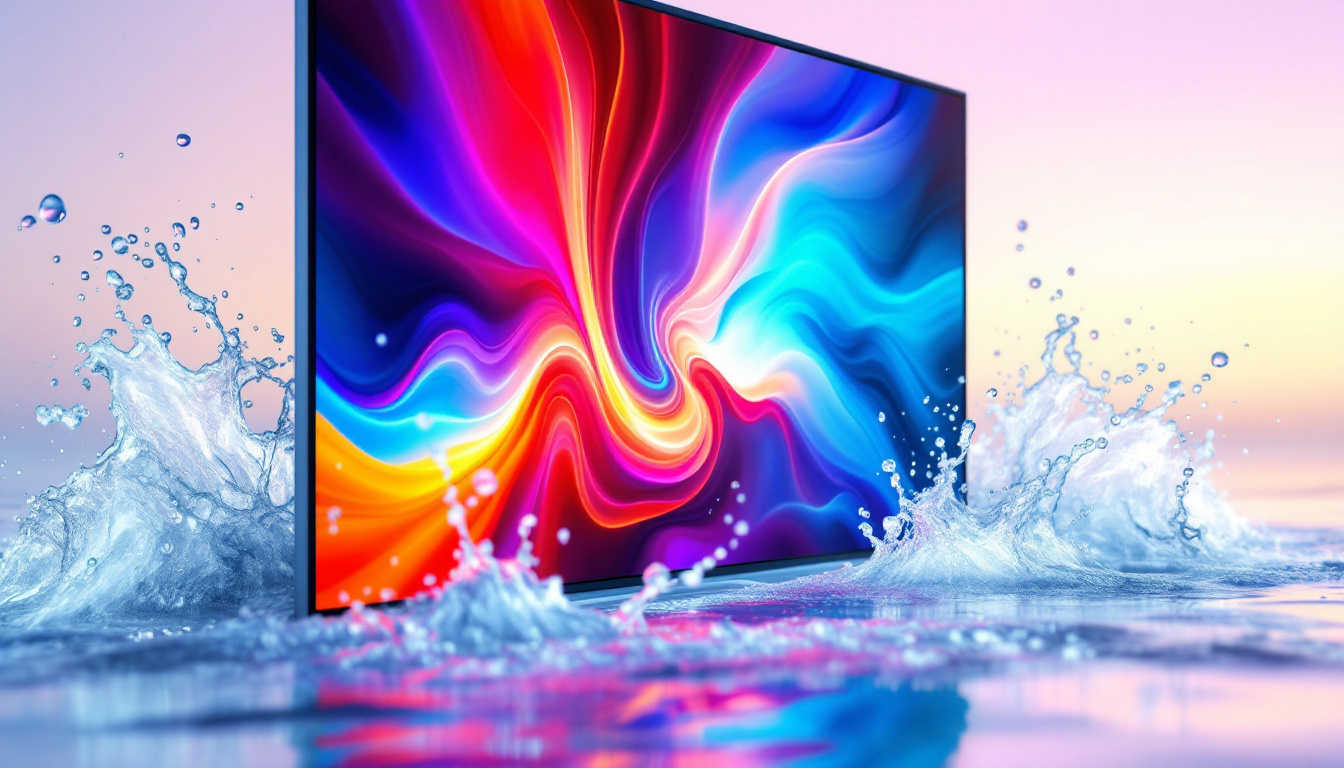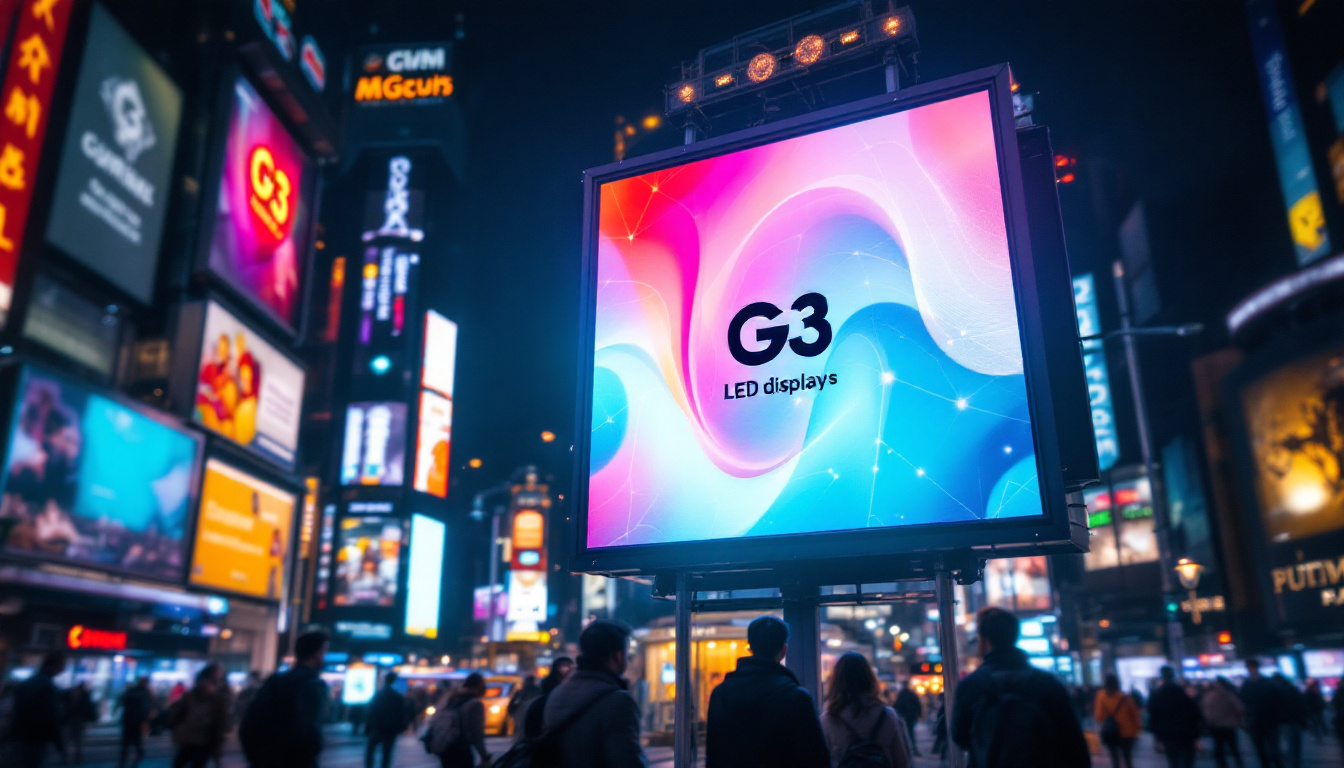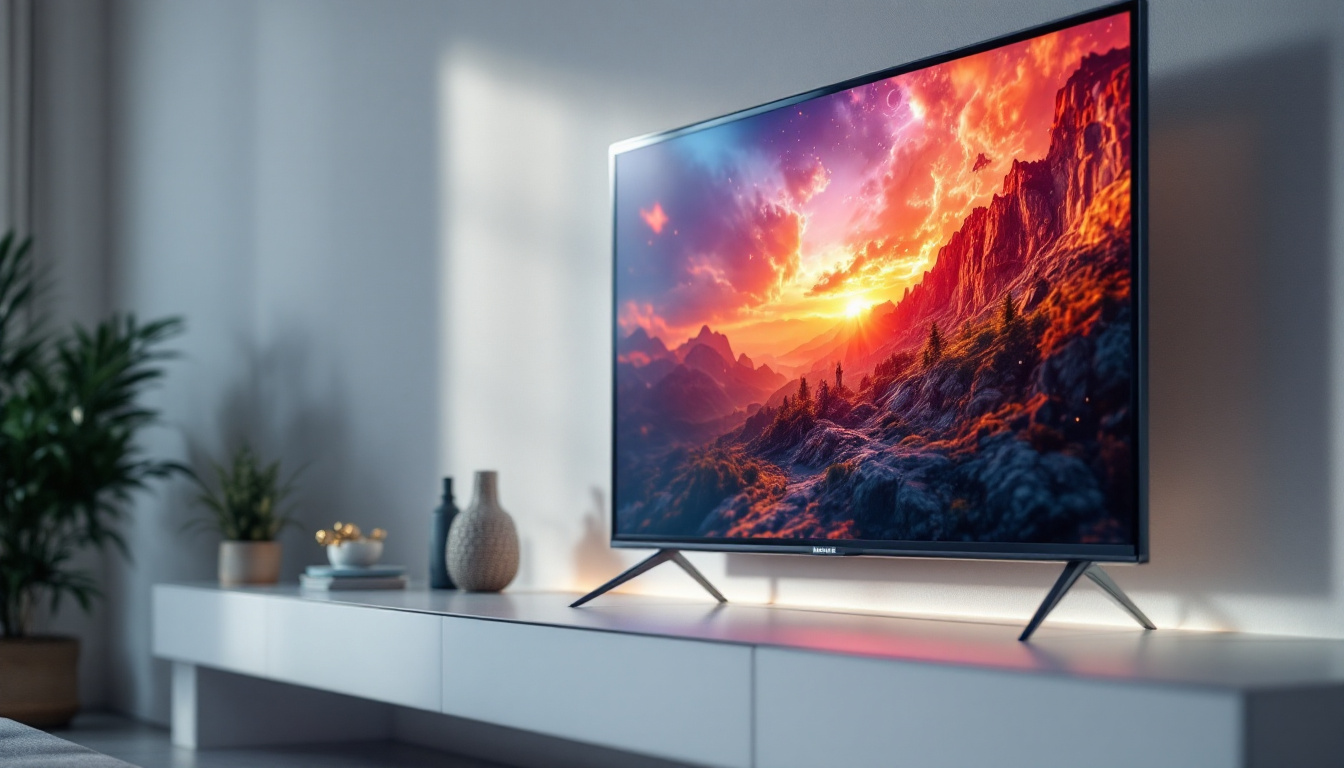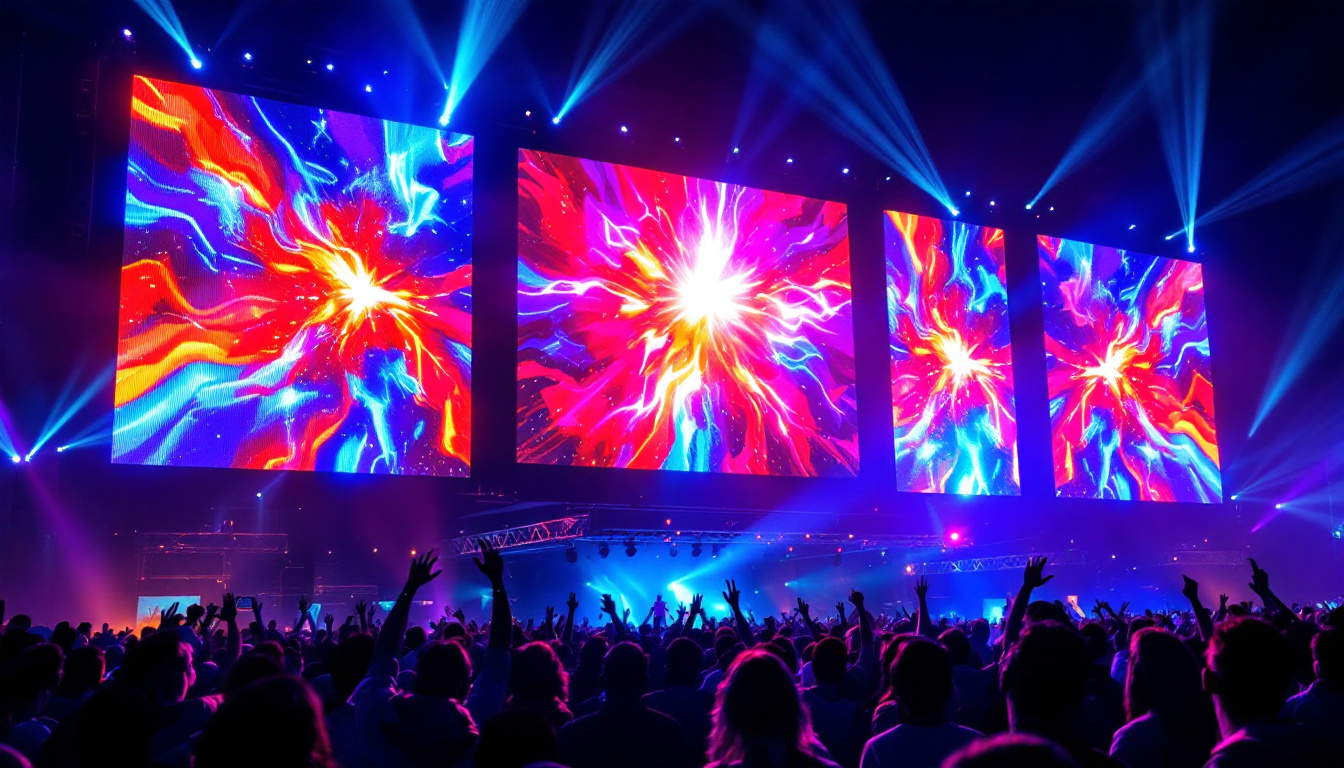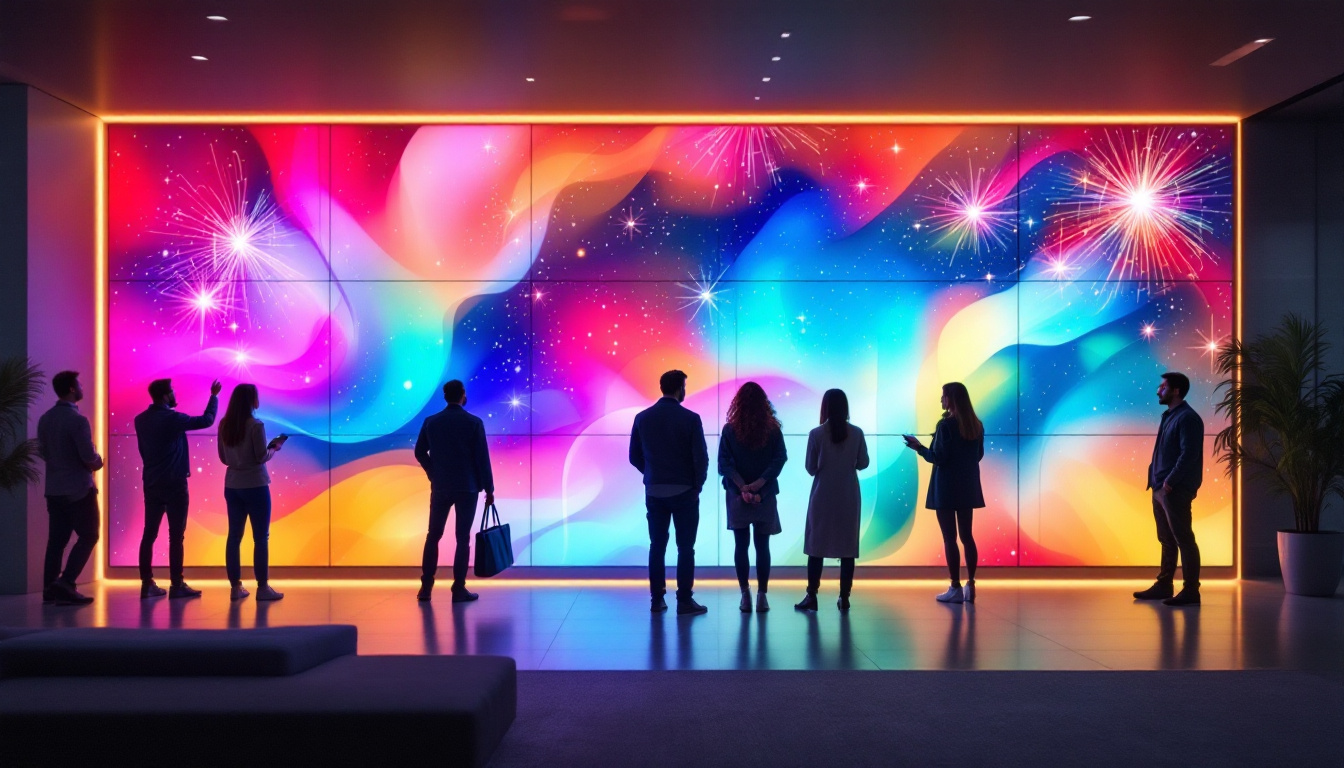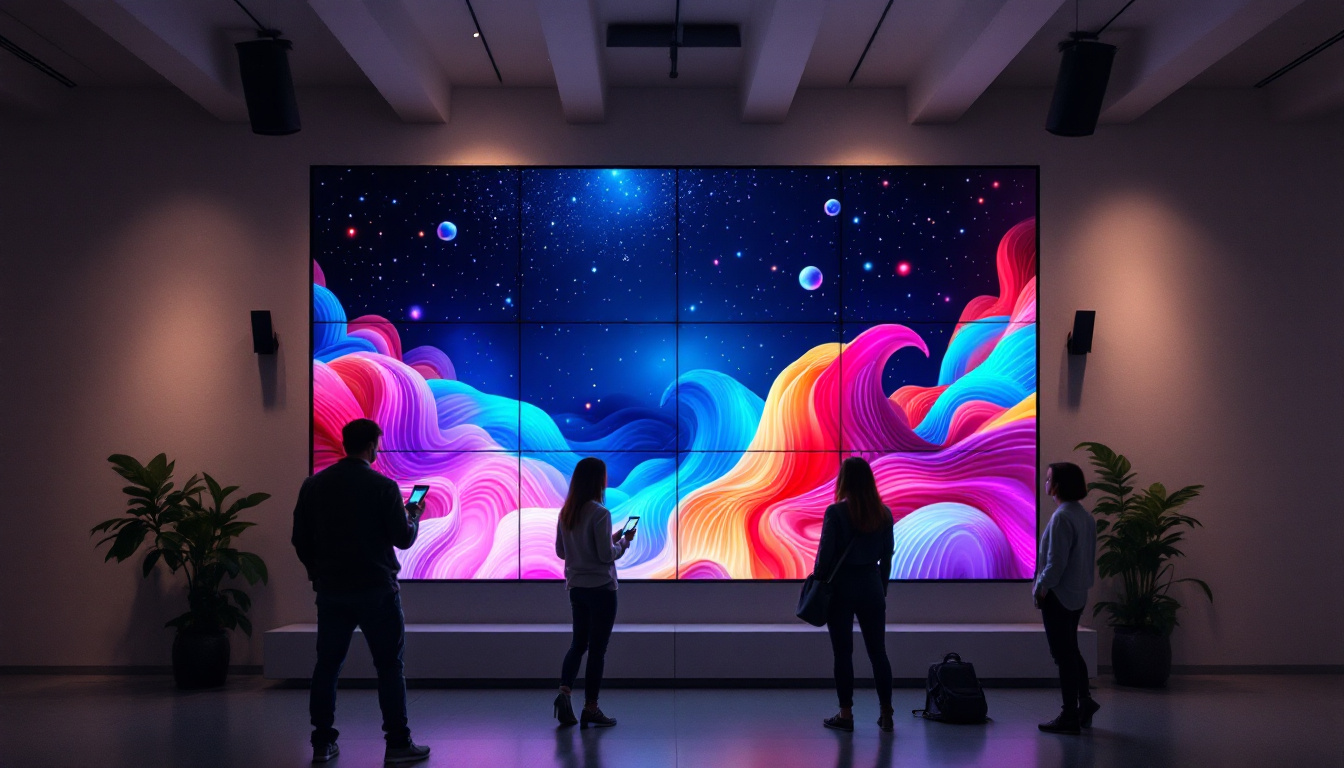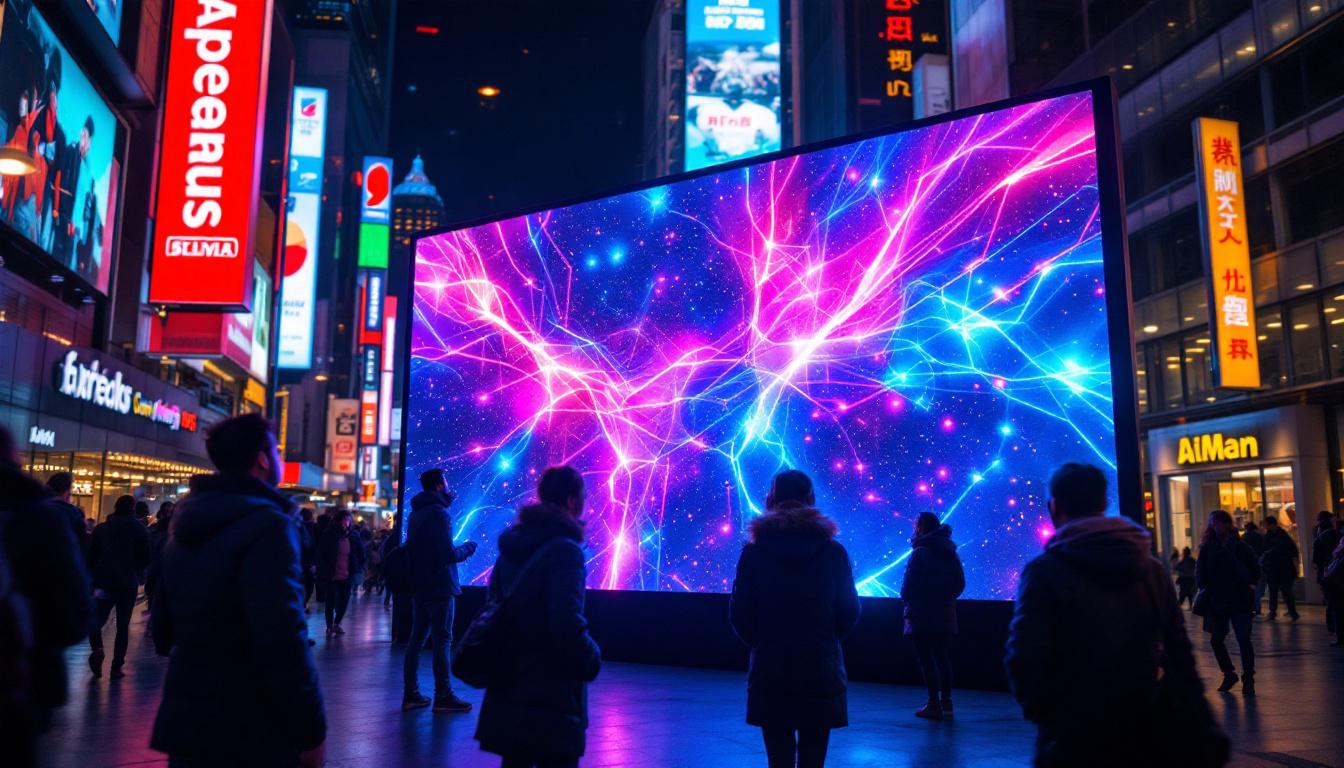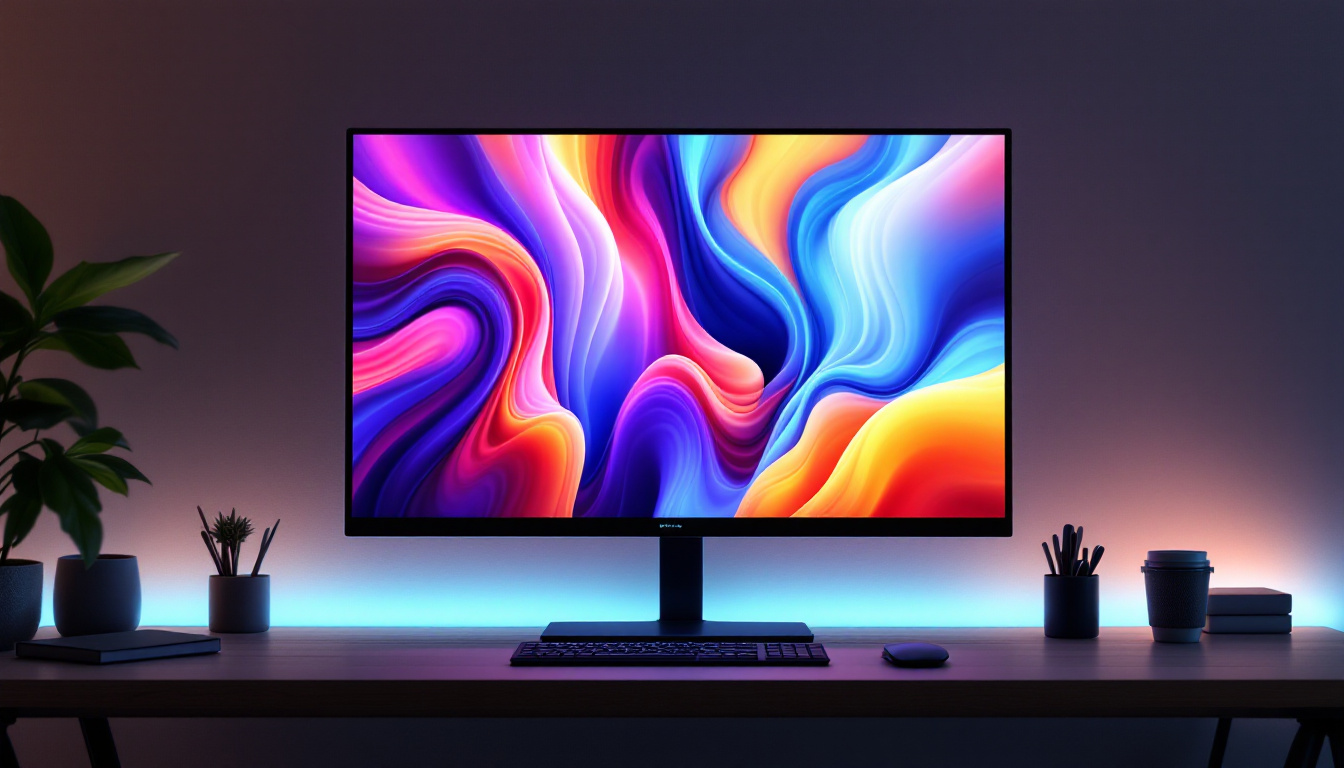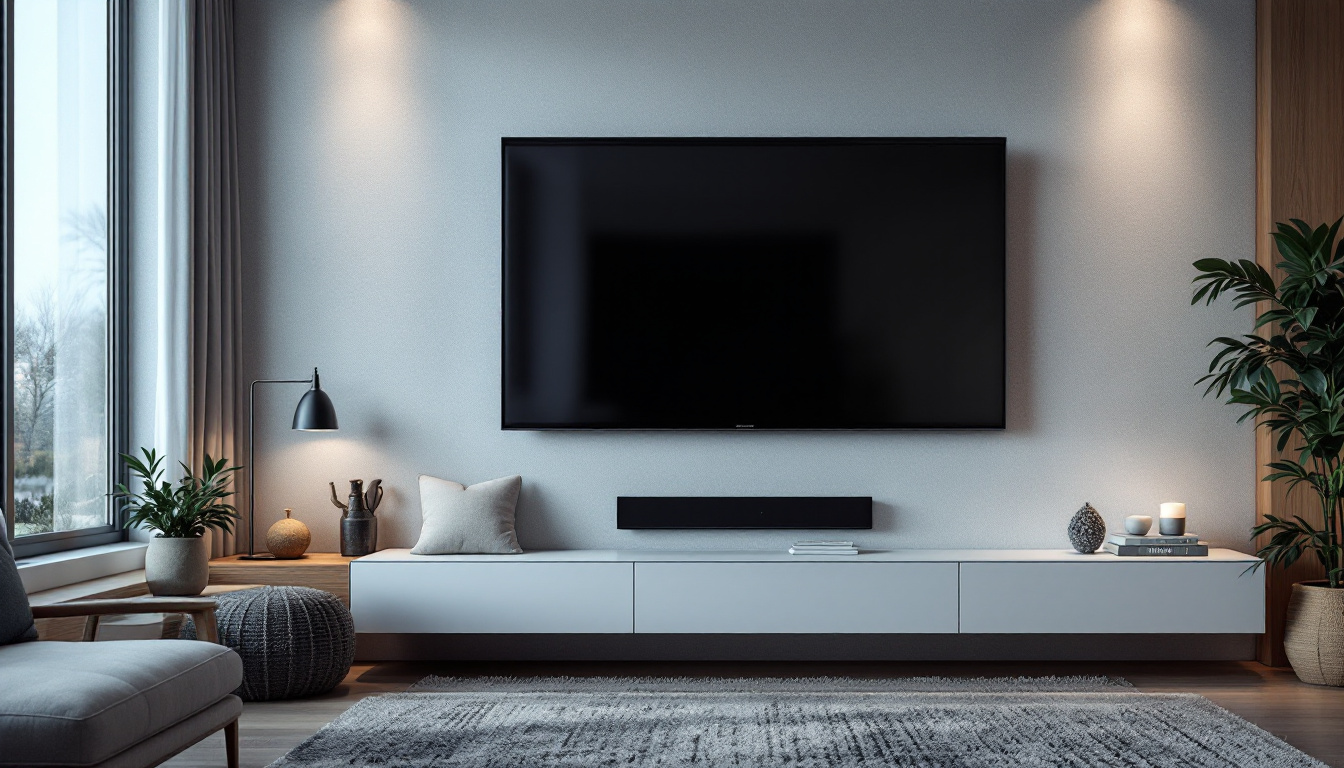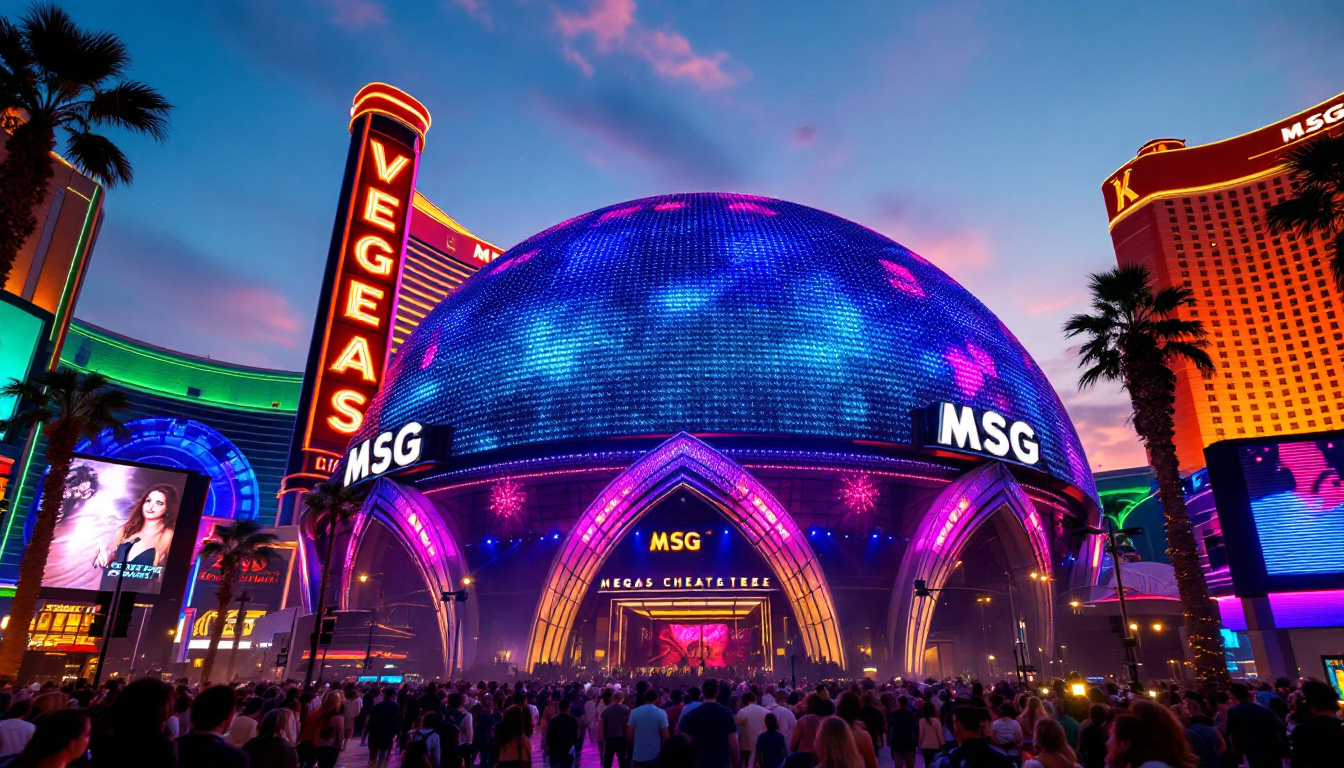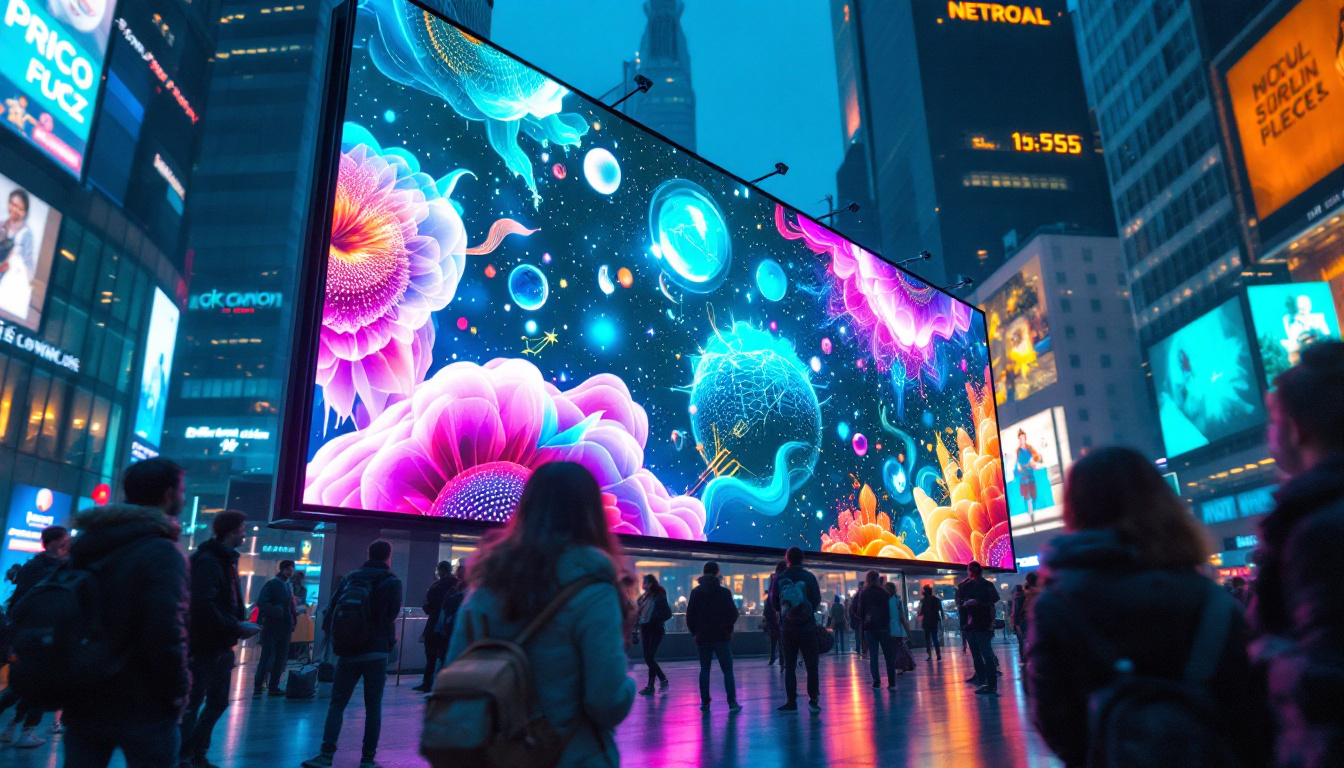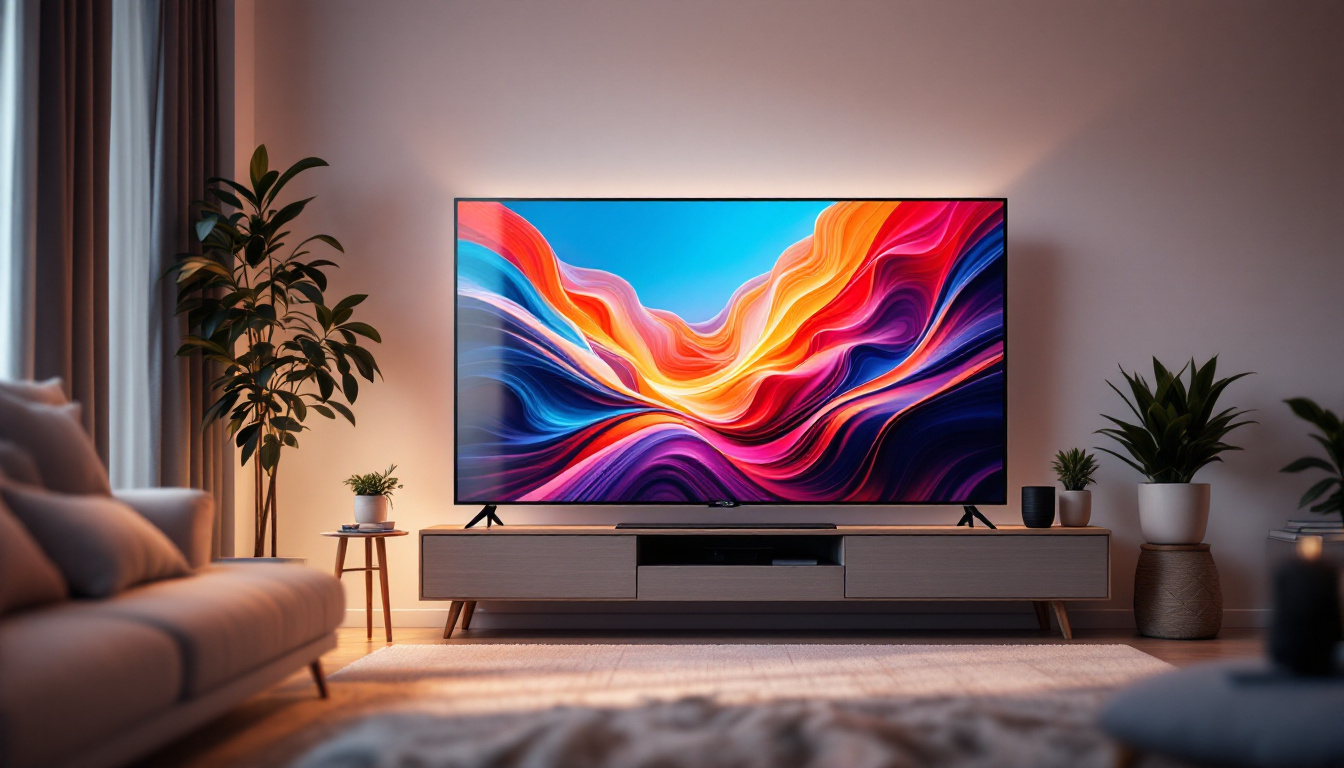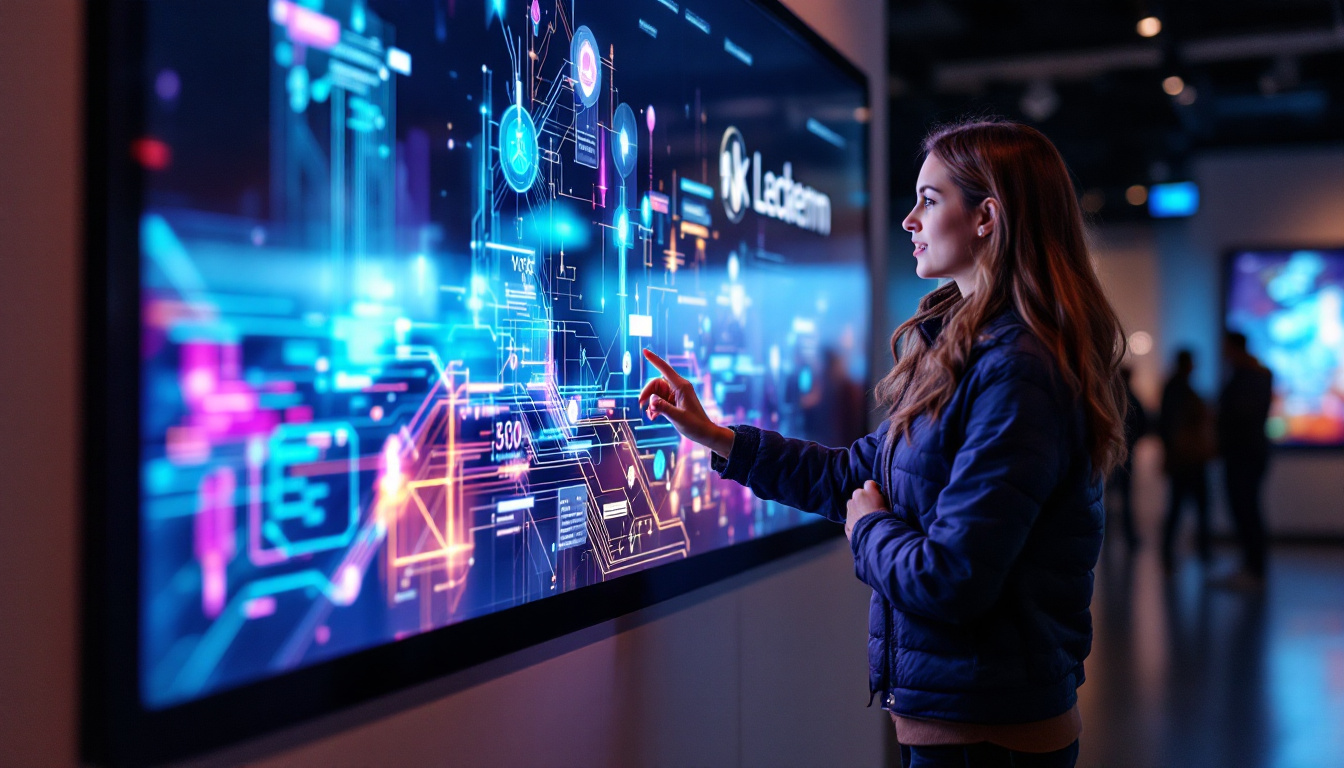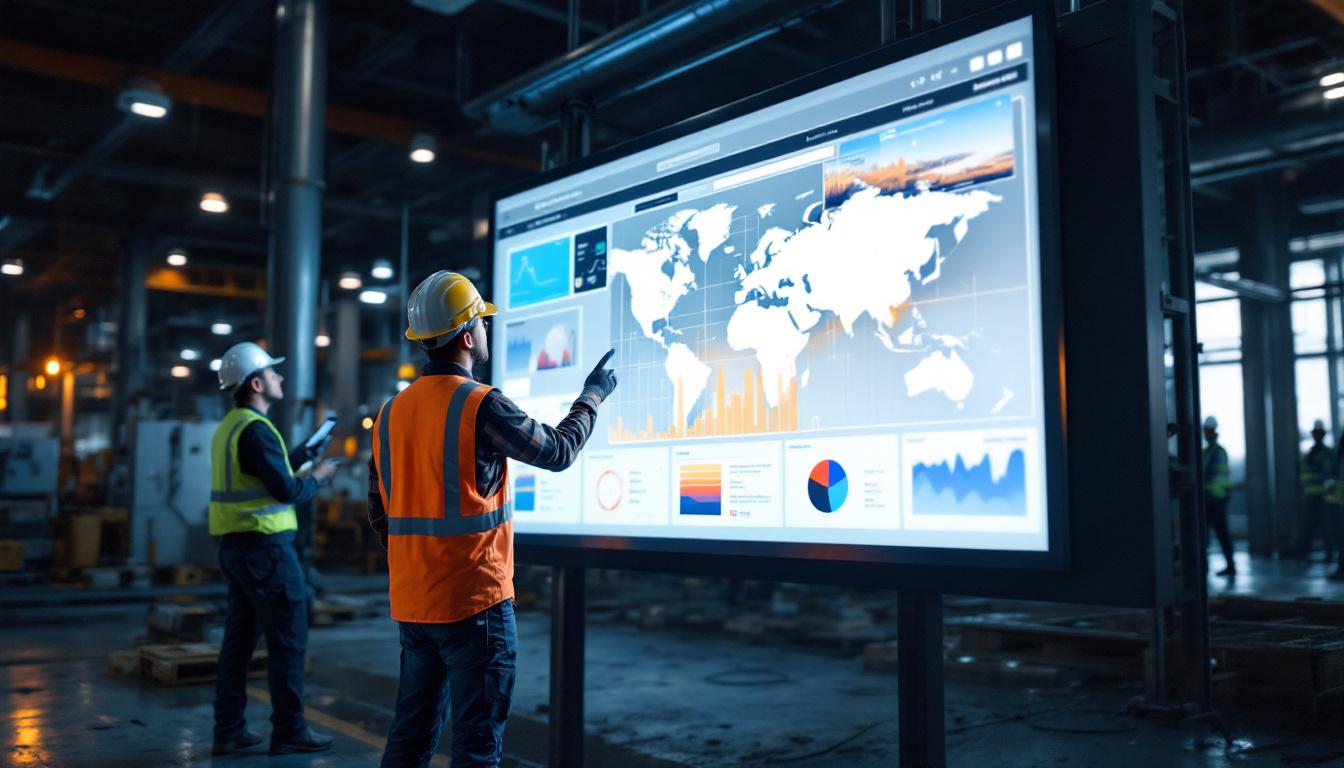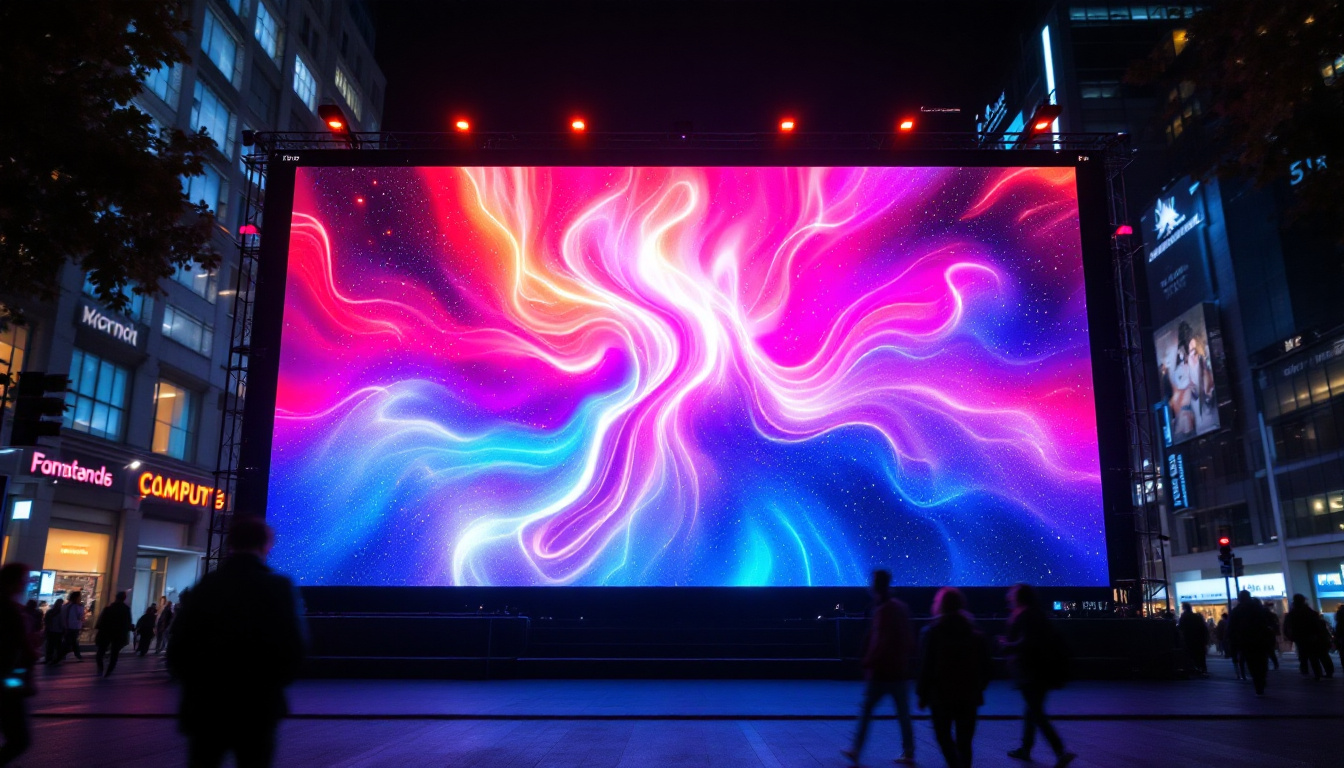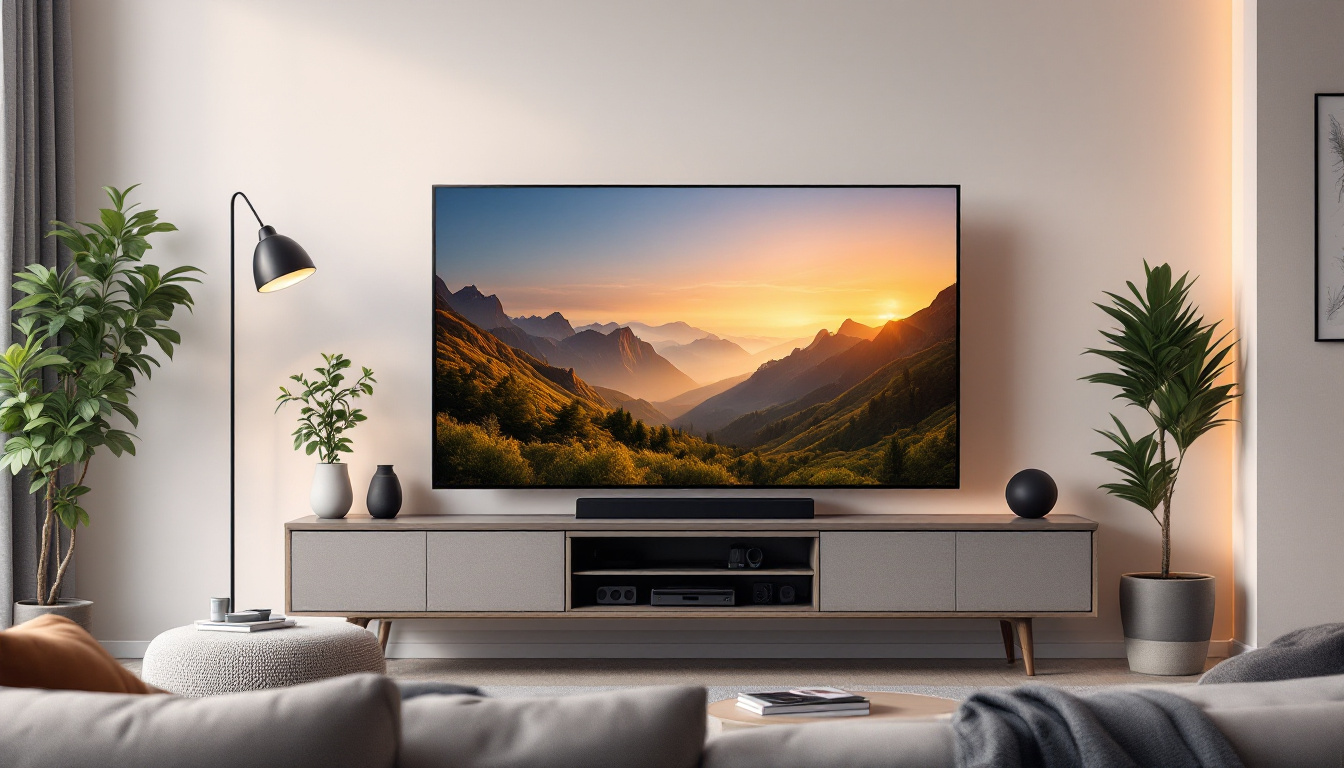In the rapidly evolving world of technology, LED displays have emerged as a leading choice for visual communication. From advertising billboards to indoor screens in shopping malls, their versatility and efficiency make them a preferred option for many applications. This article delves into the intricacies of LED displays, exploring their functionality, advantages, and various applications, while also addressing some common misconceptions.
Understanding LED Technology
Light Emitting Diodes (LEDs) are semiconductor devices that emit light when an electric current passes through them. Unlike traditional incandescent bulbs, which produce light through heat, LEDs are far more efficient and have a longer lifespan. This section will explore how LEDs work and the types of LED displays available today.
How LEDs Work
At the core of LED technology is the principle of electroluminescence. When a voltage is applied to the semiconductor material, electrons recombine with holes, releasing energy in the form of photons, which we perceive as light. This process allows LEDs to produce bright, vibrant colors while consuming significantly less power compared to other lighting technologies. The efficiency of LEDs is often quantified in terms of lumens per watt, which indicates how much light is produced for each watt of electricity consumed. This efficiency not only reduces energy costs but also minimizes heat generation, making LEDs safer and more environmentally friendly.
LEDs can be combined in various configurations to create displays. Each pixel in an LED display consists of multiple diodes, typically red, green, and blue (RGB), which can be mixed to produce a wide spectrum of colors. The ability to control each pixel individually allows for dynamic visuals and high-resolution images. This pixel-level control is particularly advantageous in applications such as digital signage and interactive displays, where changing content can engage viewers more effectively. Furthermore, advancements in driver technology have led to smoother transitions and more accurate color reproduction, enhancing the overall viewing experience.
Types of LED Displays
LED displays can be categorized into several types based on their application and technology. The most common types include:
- Direct View LED Displays: These displays are made up of individual LED modules that are directly visible to the audience. They are commonly used in outdoor advertising and large venues, where bright and clear visibility is crucial. The durability of direct view LED displays makes them ideal for various weather conditions, allowing for year-round usage without significant degradation in performance.
- LED Video Walls: Composed of multiple LED panels, video walls create a larger display area. They are often used in control rooms, concerts, and events. The seamless integration of panels allows for a cohesive image, making them perfect for immersive experiences. Moreover, advancements in calibration technology ensure that color consistency across panels is maintained, providing a uniform viewing experience.
- OLED Displays: Organic LEDs (OLEDs) are a newer technology that offers improved contrast and color accuracy. They are widely used in smartphones and high-end televisions. Unlike traditional LEDs, OLEDs do not require a backlight, allowing for thinner, more flexible screens that can achieve true blacks and vibrant colors. This characteristic has opened up new possibilities in design, enabling curved and even foldable displays that enhance user interaction.
Advantages of LED Displays
LED displays have gained popularity due to their numerous advantages over traditional display technologies. Understanding these benefits can help businesses and individuals make informed decisions when choosing a display solution.
Energy Efficiency
One of the most significant advantages of LED displays is their energy efficiency. LEDs consume far less power than traditional lighting technologies, which translates to lower electricity bills and a reduced carbon footprint. This energy efficiency is particularly beneficial for large-scale installations, such as outdoor billboards that operate 24/7.
Longevity and Durability
LED displays are known for their impressive lifespan, often lasting up to 100,000 hours or more. This longevity reduces the need for frequent replacements, making them a cost-effective choice in the long run. Additionally, LEDs are more resistant to shock and vibration compared to traditional displays, making them suitable for various environments, including outdoor settings.
High Brightness and Visibility
LED displays offer exceptional brightness levels, ensuring visibility even in direct sunlight. This feature makes them ideal for outdoor advertising and information displays. The ability to adjust brightness automatically based on ambient light conditions further enhances their effectiveness, ensuring that content remains clear and legible at all times.
Applications of LED Displays
The versatility of LED displays allows them to be utilized across various industries and applications. From advertising to entertainment, their impact can be seen in numerous sectors.
Advertising and Marketing
In the realm of advertising, LED displays have revolutionized the way brands communicate with their audiences. Dynamic content, such as videos and animations, can capture attention more effectively than static images. Digital billboards can also be updated in real-time, allowing advertisers to tailor their messages based on time, weather, or audience demographics.
Events and Entertainment
LED displays play a crucial role in the entertainment industry, enhancing the visual experience at concerts, festivals, and sporting events. Large video walls can display live feeds, graphics, and animations, creating an immersive environment for attendees. Furthermore, the flexibility of LED technology allows for creative stage designs and installations that can transform any venue.
Transportation and Wayfinding
LED displays are increasingly being used in transportation systems for real-time information dissemination. Airports, train stations, and bus terminals utilize LED screens to display arrival and departure times, gate information, and other essential updates. Their high visibility and ability to operate in various lighting conditions make them ideal for guiding passengers efficiently.
Common Misconceptions about LED Displays
Despite their growing popularity, several misconceptions about LED displays persist. Addressing these myths can help potential users better understand the technology and its capabilities.
LED Displays Are Only for Outdoor Use
While LED displays are indeed popular for outdoor advertising, they are equally effective for indoor applications. Indoor LED displays are designed to provide high resolution and excellent color accuracy, making them suitable for venues such as shopping malls, conference rooms, and theaters. The versatility of LED technology allows it to adapt to various environments.
LED Displays Are Expensive
Although the initial investment for LED displays may be higher than traditional options, their long-term benefits often outweigh the costs. The energy savings, lower maintenance requirements, and extended lifespan contribute to a more favorable return on investment. Additionally, the decreasing costs of LED technology have made it more accessible for businesses of all sizes.
All LED Displays Are the Same
Not all LED displays are created equal. Factors such as pixel pitch, brightness, and color accuracy can vary significantly between models. Understanding these specifications is crucial when selecting an LED display for a specific application. Higher pixel density provides better image quality, while brightness levels should be chosen based on the intended environment.
Choosing the Right LED Display
Selecting the appropriate LED display involves considering various factors to ensure that it meets the specific needs of the intended application. This section outlines key considerations that should be taken into account during the selection process.
Determine the Purpose
Before purchasing an LED display, it is essential to define its primary purpose. Will it be used for advertising, information dissemination, or entertainment? Understanding the intended use will help narrow down the options and ensure that the chosen display meets the necessary requirements.
Consider the Environment
The environment in which the LED display will be installed plays a significant role in the selection process. Outdoor displays need to be weather-resistant and capable of withstanding various environmental conditions, while indoor displays may prioritize resolution and aesthetics. Assessing the location and potential challenges will guide the decision-making process.
Evaluate Technical Specifications
When comparing different LED displays, pay close attention to technical specifications such as pixel pitch, brightness, and refresh rate. Pixel pitch refers to the distance between individual pixels; a smaller pitch results in higher resolution and image clarity. Brightness is measured in nits, and selecting a display with appropriate brightness levels is crucial for visibility in different lighting conditions.
The Future of LED Display Technology
As technology continues to advance, the future of LED displays looks promising. Innovations in materials, design, and functionality are expected to enhance their capabilities even further. This section explores some emerging trends and potential developments in LED display technology.
Flexible and Transparent Displays
One of the most exciting developments in LED technology is the emergence of flexible and transparent displays. These innovations allow for new design possibilities, enabling displays to be integrated into various surfaces and objects. Transparent LED displays, for instance, can be used in retail environments to showcase products while maintaining visibility through the screen.
Smart LED Displays
The integration of smart technology into LED displays is another trend gaining traction. Smart displays can connect to the internet, allowing for real-time content updates, remote management, and data analytics. This capability enhances the functionality of LED displays, making them more interactive and responsive to audience needs.
Sustainability and Eco-Friendly Innovations
As sustainability becomes a priority across industries, LED display manufacturers are focusing on eco-friendly practices. This includes using recyclable materials, reducing energy consumption, and implementing responsible manufacturing processes. The future of LED technology is likely to prioritize environmental considerations, aligning with global sustainability goals.
Conclusion
LED displays have transformed the way information is communicated, offering a dynamic and engaging medium for various applications. Their energy efficiency, longevity, and versatility make them a compelling choice for businesses and organizations looking to enhance their visual communication strategies. As technology continues to evolve, the potential for LED displays is boundless, paving the way for innovative solutions that will shape the future of visual media.
Understanding the intricacies of LED technology, its advantages, and its applications can empower decision-makers to leverage this powerful tool effectively. Whether for advertising, entertainment, or information dissemination, LED displays are poised to remain at the forefront of visual communication for years to come.
Discover LumenMatrix’s Innovative LED Solutions
Ready to elevate your visual communication with the latest in LED display technology? Look no further than LumenMatrix. As a pioneer in the industry, we offer an extensive range of LED display modules tailored to your needs, from Indoor and Outdoor LED Wall Displays to specialized solutions like Vehicle LED Displays, LED Sports Displays, and even Custom LED Displays. Embrace the future of digital signage with LumenMatrix and create unforgettable visual experiences that captivate your audience. Check out LumenMatrix LED Display Solutions today and see your vision come to life with clarity and impact.

